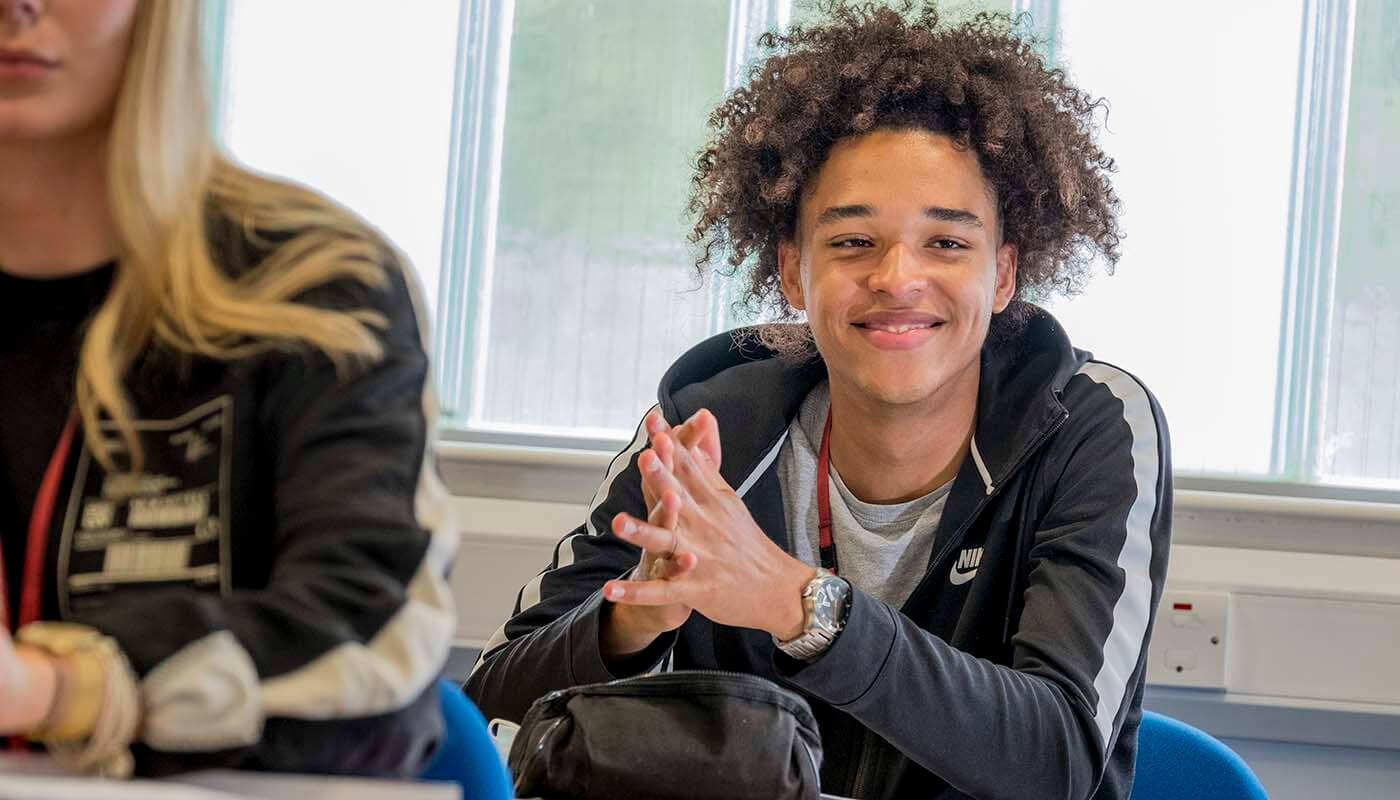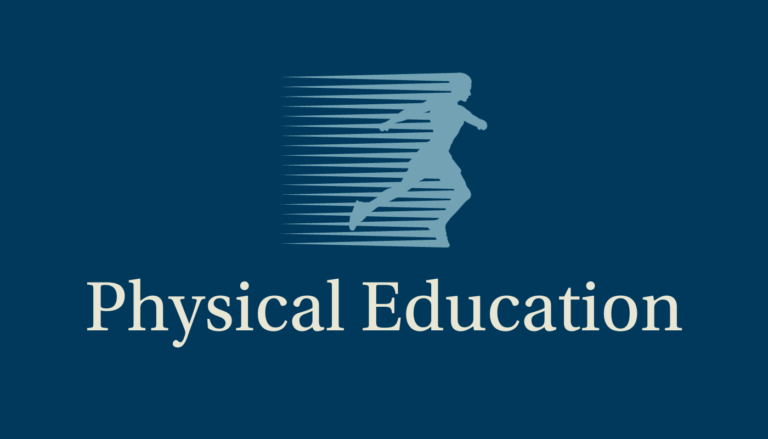Physical Education

A level PE covers an incredibly diverse and interesting range of topics. By the end of the two years you will have studied the anatomy and physiology of movement and how the body adapts and responds to varying intensities of exercise.
You will have looked at the ways in which we learn or acquire skill and how we develop these skills to become accomplished sports performers. You will also look at the role of sport in society and how culture affects participation. As well as developing the academic skills of a scientist you will also become a psychologist, physiologist, sociologist and even a philosopher.
The department runs an extensive co-curricular programme enabling students to widen their interests and get involved in many sports. Among the activities on offer are football, rugby, mixed hockey, netball, basketball, rowing and swimming. For those who enjoy the outdoors we run an excellent Duke of Edinburgh’s Award programme.
The PE department has also enjoyed recent trips to New York to experience commercialization in sport. Students visited American Universities and watched a professional ice hockey match – all whilst taking in the iconic sights of New York.
The department also welcomes regular guest speakers, university workshops and the opportunity for students to volunteer at a local primary school coaching sport.
PE can be used to gain UCAS points for any degree courses but many of the students who study the subject follow a sports related career path. This has included physiotherapy, sports therapy, sports related journalism, footwear design, PE teaching, sports science, working with elite athletes, sports marketing, sports technology, leisure management, sports coaching, sports related law. It is important to combine Physical Education with a Science at A level if you wish to take a scientific option, such as Sports Science.
Applied Anatomy and Physiology Exercise Physiology and Biomechanics – Exam Paper – 30% of marks
Skill Acquisition and Sport Psychology – Exam Paper – 20% of marks
Sport and Society and Technology in Sport – Exam Paper – 20% of marks
Practical sport plus verbal analysis – Practical Assessment – 30% of marks
Summary
Module 1: Applied anatomy and physiology
Musculoskeletal system and analysis of movement; Cardiovascular system; Respiratory system; Neuromuscular system; Energy systems.
Module 2: Skill acquisition
Skill; Structure of practice for learning Principles and theories of learning; Guidance and feedback; Memory models.
Paper 1: Factors affecting participation in physical activity and sport.
Module 3: Sport and society
Emergence of globalisation of sport in the 21st century Impact of sport in society.
Module 4: Exercise physiology and biomechanics
Diet and Nutrition; Training methods; Injury prevention and rehabilitation; Biomechanical principles.
Module 5: Sport psychology
Psychological factors influencing an individual in physical activities.
Module 6: Sport and society and technology in sport
Concepts of physical activity and sport; Development of elite performers in sport; Ethics in sport;
Violence in sport; Drugs in sport; Sport & the Law; Commercialisation in sport; Role of technology in sport
The A level course requires you to have the basic anatomy and sports physiology knowledge and skills learnt in your GCSE course. It is a good idea to read over your PE and Biology GCSE notes to ensure you understand the basic principles of anatomy and physiology before you start. Focus on the topics listed below.
• Anatomical names and bones and muscles
• Agonist and antagonist muscles and the different types of muscle contractions Respiratory system – lung volumes
• Cardiovascular system – circulatory system
Reading about Physical Education and developing an interest in the wider subject is all part of becoming an advanced level student.
Study Level
A Level
Exam Board
OCR
Contact Details
Miss J Thorp
Head of Department
thorp_j@sjd.ac.uk
